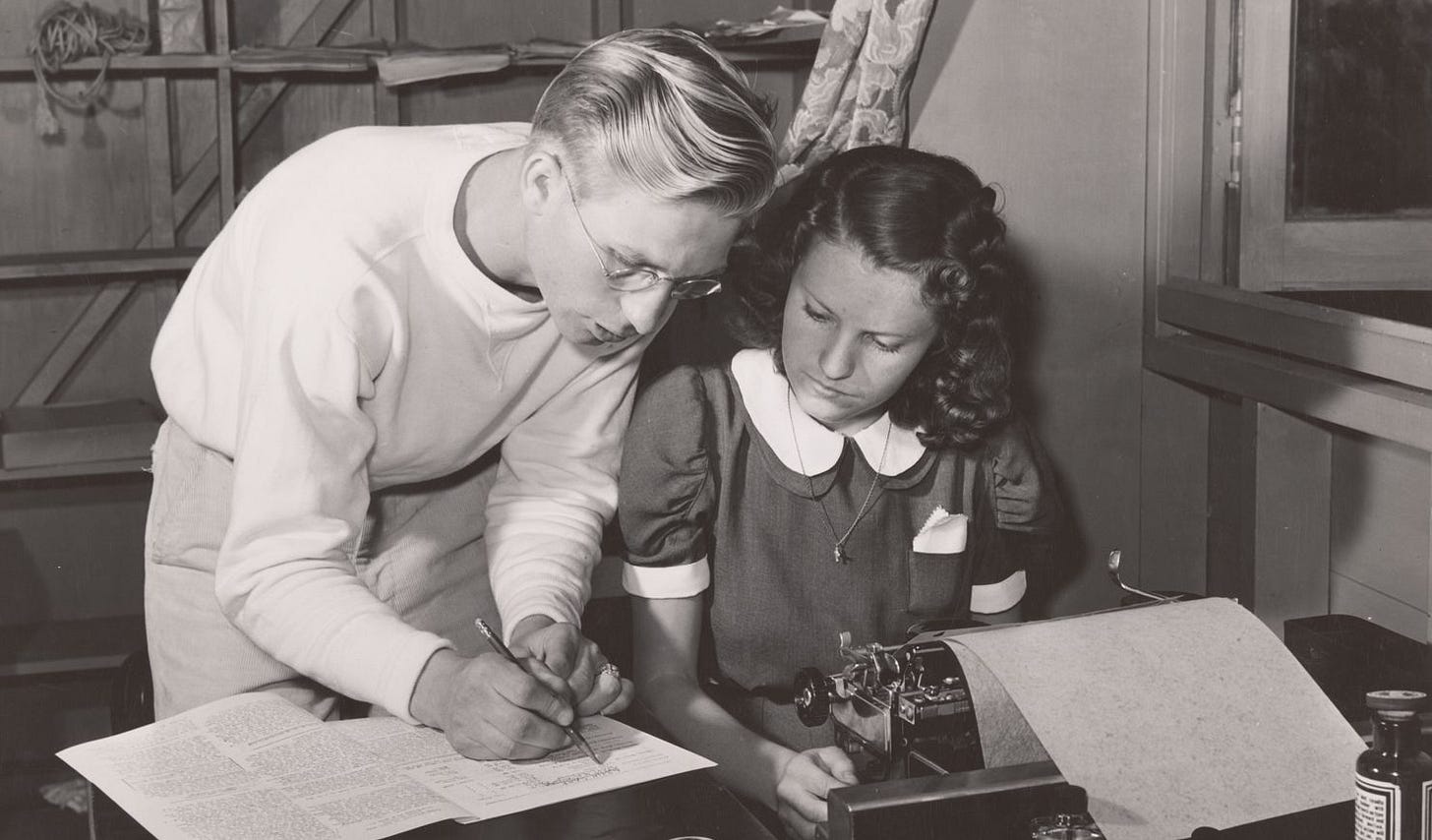What does an editor actually do?
And what does it mean to be an editor?

A few weeks ago, I used an image in this newsletter that I wish I hadn’t.
It was a picture of a little sign on someone’s desk that said, “Write without fear. Edit without mercy.”
I kind of regret using that image because editing without mercy is not my style. I can be blunt, yes — but I also try to be kind.
I’d rather say something like, “Write without fear. Edit with clear-eyed compassion.”
The goal of an edit is to improve the copy — and, ideally, to improve the writer in the process. You can’t do that if you’re merciless, because while you might be making the words better, it’s entirely possible that you’re hurting the person behind them.
The best editors know how to improve copy and writer at the same time. That takes a clear understanding of how language works, what the rules are, and which rules you can get away with bending or breaking. It also requires compassionate insight into the writer and an understanding of how they might benefit from your feedback.
By the way, that applies whether you’re editing someone else’s work or your own. Revise your own words with the clear eyes of an editor, but be compassionate to your writing self while you’re doing it.
Why we edit
Editing is an essential component of any writing process, whether it involves one person or a dozen.
Editing is crucial because it’s the quality-control phase: It eliminates errors, strengthens weak copy, reduces inconsistencies, and ensures that the copy aligns with the client’s goals, tone, and expectations for excellence.
Editing is also important because it frees up the writer (or writers) to simply write. Write first, then edit. Separating creation from optimization is, it turns out, an extremely useful step in facilitating easier and less painful writing. When you can turn off your internal editor, it becomes easier to let the words flow, knowing that you or your editor can catch and correct any problems later.
…
Dylan’s newsletter has moved! Please continue reading this post by clicking here:



I spent decades as an editor at large daily newspaper. Dylan's take on editing fits with that experience although time pressures are much more intense in a daily news operation than what I think he is generally writing about. One thing I might add. I found it very useful as an editor to help reporters, particularly younger ones, begin to think about what they were going to produce at the very earliest stage. You don't want to discover unanswered questions in a story five minutes before the deadline. As to the role of an editor, one reporter who worked for me once asked me whether I knew what the function of an editor was. No, Ted, I replied, what is it? Dave, he said, an editor is like a catcher in baseball. The only reason he is there is to keep the ball from hitting the backstop.
This may be written about editors BUT/ AND this wholly applies across industries! For me this is: A HOW TO align the work. {Deep work amidst constraints.} HOW TO lead by being human. {Care about both clients and teams.} I will use this! Thank you!